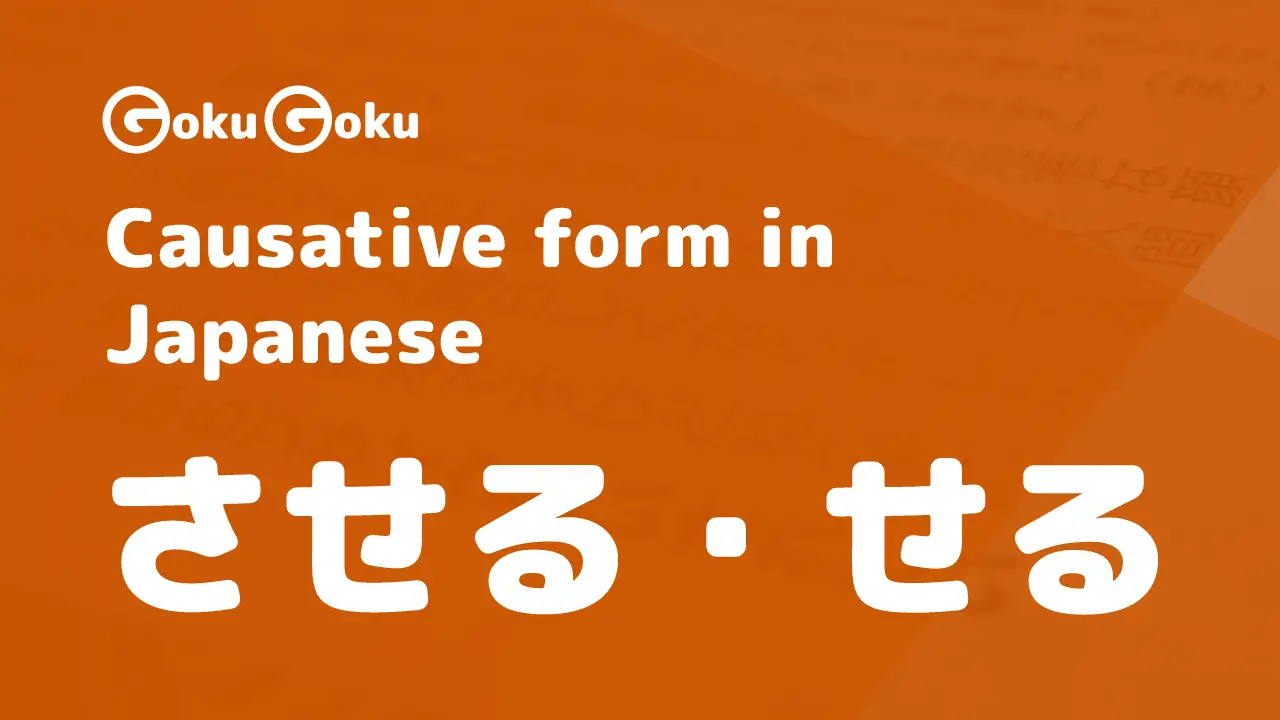Receive in Japanese - the verbs いただく and もらう
Sandro Maglione
Get in touch with meToday we learn about the Japanese verbs that fall into the category of giving and receiving. Specially, in this post we explain the verb "to receive" in Japanese, in the forms もらう morau and 頂く itadaku.
Verbs expressing give and receive
The verbs that translate to give and to receive are called in Japanese やりもらい or 授受
- やりもらう
yari(from yaruto give) andmorau(to receive) - 授受
jujuis a noun meaning giving and receiving, transferring
The 2 verbs we are going to learn more about are:
- もらう
morau, to receive - 頂く
itadaku, to receive
Before going into a purely grammatical and structural discourse, it is necessary to recall, as we have done in other posts, some elements of Japanese culture. Aspects that characterize Japanese interpersonal relationships.
上下関係 vertical relationships, hierarchy
- 上 indicates the above, the upper part
- 下 expresses the below, the lower part
- 関係
kankei, the relationship, the relationship
Uchi and Soto
These two terms are essential for understanding the relationships of people within the group, and specifically for deciding which inguistic register to use:
- 内
uchi, meansinsideandhomeand consists of my personal sphere, family, friends and colleagues, people with whom I am familiar, the people close to me. - 外
sotoindicates theoutside. It represents all the people outside uchi: acquaintances, strangers, people with whom you do not have an intimate relationship of trust and with whom it is advisable to keep a certain distance.
Verb to receive expressed by 頂く
When we look up 頂く in the dictionary we find the synonym もらう as both express the verb to receive.
Itadaku is a form that falls under the keigo language 敬語, the honorific language, and is used towards people who are in a higher social position than ours.
Itadaku belongs to the keigo language called 謙譲語 or humble language
If we want to give a brief explanation in Japanese of itadaku, we can say: 他人に何かをやってもらう時の謙譲形, the modest form when we ask someone to do something
The people from whom we receive a good or a service can be our teachers, our owners, the people we don't know and towards whom we deem it appropriate to use honorific expressions.
目上の方 me ue no kata or 目上の人 me ue no hito represent the higher
The same term 方 kata in the meaning of person denotes more respect, courtesy and deference compared to the usual word 人 hito:
この方は松本さんです。
This person is Mr. Matsumoto.
Examples with itadaku
社長からボーナスを頂いた。
I received a bonus from the President.
結婚式で引き出物を頂いた。
I received the wedding favor.
In this sentence the subject is not expressed openly, but since it is a wedding reception, we understand that we are in an important and formal situation and therefore we prefer to use the verbs that fall within the honorific language.
Itadaku in pleasantries
One of the first expressions that we learn especially in daily life in Japan is:
頂きます!
Bon appetit.
Now we are also able to understand that the translation goes beyond "enjoy your meal".
With itadakimasu, I express gratitude towards Creation that feeds us with the fruits of the Earth and gratitude towards the person who cooks food for us.
Formal expressions in written communications
There is a whole series of expressions that are very useful for those who have to communicate in a formal and honorific way through writing. Their form consists of:
- A noun preceded by the honorific prefix お or ご
- 頂きますよう or 頂けますよう Depending on the situation we translate them as:
We recommend...,We recommend that...,We would be very grateful if.....,We trust in.... These are the closing sentences of ビジネスメール, bijinesu mēru, company e-mails
ご検討いただきますよう、お願い申し上げます。
We would appreciate your consideration.
- 検討 is a noun meaning
consideration,analysis,evaluation-is preceded as for the nouns that follow by the ** honorific prefix ご **, to indicate: his consideration, yourto evaluation - 検討する is used to ask to evaluate, to consider a proposal お願い申し上げます is the honorific form of the common expression お願いします
- お願いします: do o-negai, that is
- I ask for a favor, a pleasure, a courtesy
ご承諾いただけますよう、お願い申し上げます。
We trust in your approval.
- 承諾 is the
consent, theassent, theapproval
ご承認いただけますよう、お願い申し上げます。
We will be grateful for your approval.
- 承認 has the meaning of
acknowledgement,clearance,consent,approval
ご了承いただきますよう、お願い申し上げます。
We are grateful for your understanding.
- 了承 indicates the
admissionof something, therecognition, theunderstandingtowards a given situation - Another example with了承
ご了承をいただければ幸いです。何卒宜しくお願い申し上げます。
We appreciate your understanding and thank you for your kind attention.
お取り計らい頂きますよう、お願い申し上げます。
We thank you for your concern.
- お取り計らい is the noun that is translated with
care,arrangementand derives - from the verb 取り計らう,
organize,have...,make sure of. We express the carefulness and consideration shown by our interlocutor and it is a phrase that is used to thank, to pay homage to what the other person has done for us.
Form in ていただく
Here are several examples of the use of 頂く in its te form:
In this case we receive the effects of an action, which originates from an action performed by the other person and from which we receive benefit.
ガイドさんにお城の案内をして頂きました。
A guide accompanied us on a visit to the castle.
Verb to receive expressed by もらう
Now let's move on to the second verb that translates receive in Japanese: もらう morau.
You can use this form when:
- Me or a member of my group uchi, receives from a person in the circle soto
- uchi member receives from uchi member
- A member of soto receives from a member of soto
私は友達に誕生日プレゼントをもらいました。
I received a present from a friend for my birthday.
クリスマスにもらったバッグは、とても素敵です。
The bag I received for Christmas is really nice.
Morau and Itadaku require the particle に or から?
Both particles に and から are used to express the origin, the source from which I receive:
- If I receive from an institution or an organization, and not from an individual, then I use the particle から instead of に.
会社からサッカーのチケットをもらいました。
I received tickets for football matches from the company.
先生に貸していただいた本
The book lent by the teacher
先生から貸していただいた本
The book lent by the teacher
In the first case using に I highlight what in Japanese is called 出どころ dedokoro, the source, the origin and this case is limited only to the person from whom I receive The second case with から expresses the starting point, 起点 kiten, of the action and the use is extended to people, times and places
僕はいつも母から小遣いをもらう。
I always get pocket money from my mom.
Form in てもらう
Also for the verb もらう we find wide use of the te form:
We use morau and temorau (てもらう) when the actions concern the members of the same group:
- uchi member to uchi member
- soto member to soto member
Here is the title of a Japanese post published online:

- 近所
kinjois a noun that indicates proximity, proximity - ご近所さん
go kinjo sanwith prefix o and suffix san, thus represents the neighbors, the people of the neighborhood - 助けてもらった the te form of
tasukeruto help, to help and combined with morau means thereforei get help from neighbors
The published post asks: have you ever received help from your neighbours? and the various experiences are shared.
友達にバイクを修理してもらった。
A friend fixed my bike.
As you can see the translation is reversed from the original. The element that indicates the provenance, the origin of the action becomes the subject.
Strictly following the text:
- I had my bicycle repaired by a friend;
- I received the courtesy from a friend of...
お父さんに駅まで迎えに来てもらった。
My dad picked me up at the station.
Here we learned some concepts and ideas to improve our understanding of these indispensable verb forms, いただく and もらう, in various moments of daily life; in the family, friendship and professional context.
それではまた!







